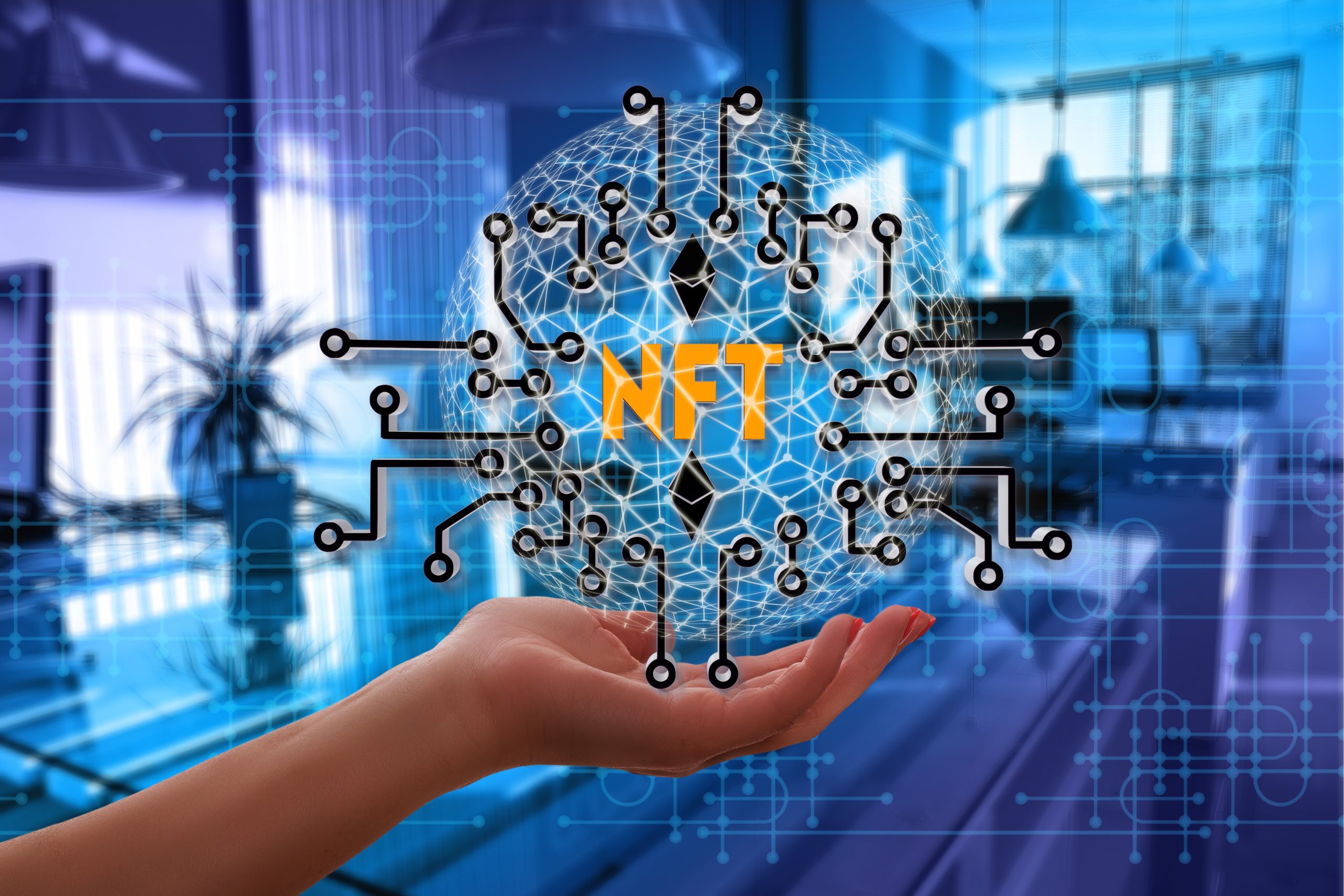The standing of the Azuki NFT Collection in the NFT industry is unarguably positive among collectors and continues to improve. A few months after its launch, it recorded up to $500 million in sales.
Amazingly, at its debut launch in January, the entire collection sold out in a few minutes. The worth of the entire sale was $29 million, with each piece priced at $3400. The community surprisingly owns this NFT project. Major players are also beginning to focus on the project as it is set to be the largest decentralized brand for the Metaverse.
The development of this project is hinged on certain stage principles of NFT design which are seven. Firstly, the art creation aspect is based on community alongside the visuals and values. In addition, the community’s growth will further be facilitated through education, mobilization, and empowerment. Finally, the introduction of micro-actions and games will help bring digital and physical spaces together.
The Project Explained
A group of 10,000 avatars makes up this collection. These art pieces not only possess aesthetic value but offer access to The Garden, full of other benefits for users. The Garden is a digital space that exists on the internet, promoting a fusion of culture and art among its users. With the evolution of technology, events and activities can now occur in this digital space.
This fantastic digital platform is credited to Chiru Labs, a Los Angeles-based group. It is also operational on the Ethereum network. The fantastic collection is unique such that each avatar possesses about twelve relatively customizable features.
Each distinct appearance of these features contributes solely to accentuating each piece’s uniqueness. Users can find these different features on single images found on Azuki’s official website. Usually, a particular trait or a variety of some can lead to a rise in a token’s price. The NFT’s inspiration is traced to the incredible success of similar projects.
Azuki NFT goes beyond granting access alone to virtual and physical events like streetwear collaborations, designed to hold users’ interest. One thing that separates the project and makes it attractive is its community ownership feature since the world hasn’t tapped into the form of media that this inspires. The project largely owes its instant success to the innovative ideas it provides to the NFT industry. It adopted a token minting variation that supported minting multiple tokens in just one transaction.
Azuki NFT And The Future of NFTs
Presently, Azuki is available on OpenSea, where the commodity is traded. There are about ten thousand items and another five thousand owners of Azuki’s verified collection on OpenSea. The floor price for the collection on this marketplace is 26.25 ETH which is about $84,000. The beautiful thing about this NFT is that individuals and firms can buy and trade them in ETH, much to their benefit.
The success of Azuki has dramatically influenced the NFT industry as it brought specific innovations geared towards the evolution of the industry as a whole. In addition, the token series is mirrored effectively after a rare comic style, contributing mainly to its adoption and popularity. Unlike other similar projects, there is a unity of style with which tokens in the series are produced, thus providing a collective bond and emphasizing the focus on community.
Conclusion
So far, Azuki NFT has become the most popular non-fungible token project and continues to display potential even more than already established projects. In addition, users continue to buy pieces in this series as an Azuki has sold for as high as 204 ETH, which is $560,000. With the project’s several plans and proposals, the coming years will be pretty strategic and developmental for everyone linked to the Azuki NFT.
This is a Contributor Post. Opinions expressed here are opinions of the Contributor. Influencive does not endorse or review brands mentioned; does not and cannot investigate relationships with brands, products, and people mentioned and is up to the Contributor to disclose. Contributors, amongst other accounts and articles may be professional fee-based.

